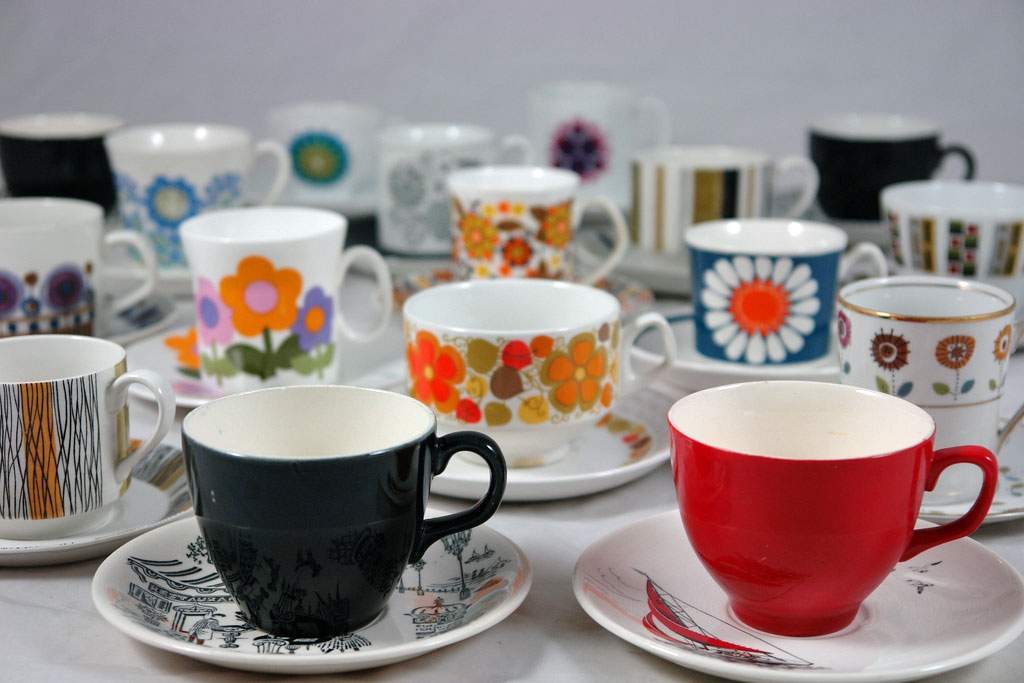
How? And Why?
A listener wrote to A Moment of Science about a fascinating phenomenon she noticed when heating water for tea in a microwave oven.
She would take the cup of water out of the microwave just as bubbles started to form in the water. But when she lowered a tea bag into the cup, the water would start to boil!
How, she asked, could this happen after she had removed it from the oven, and why did it boil only when she put the tea bag in?
On The Stove
The large bubbles in boiling water are hot pockets of steam that rush to the cooler surface when temperatures reach or exceed 212° F. Meanwhile, the smaller bubbles which adhere to the interior of a pan before boiling starts contain oxygen that leaves solution as the water warms.
These smaller bubbles need a rough surface in order to form. The sides of a pan or tiny suspended dust particles are perfect.
In The Microwave
But we usually use glass containers in the microwave, which tend to be too smooth for oxygen bubbles.
When you lower that fibrous tea bag into the water, however, there's suddenly somewhere for bubbles to go. The familiar roil ensues as the cup equilibrates to the new conditions.
As a matter of fact, you'd get the same result if you dropped a pebble in.
This only works with water heated in a microwave because that water is heated evenly throughout. In contrast, water heated on a stove warms unevenly from the bottom up, so by the time all of the water is at boiling temperature, it's already bubbling violently.









